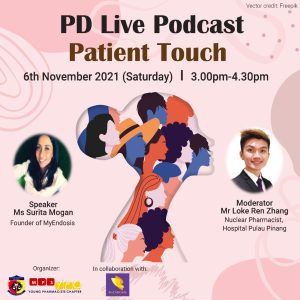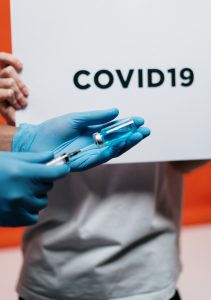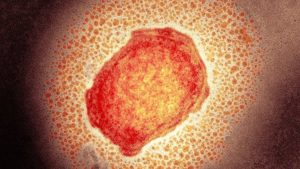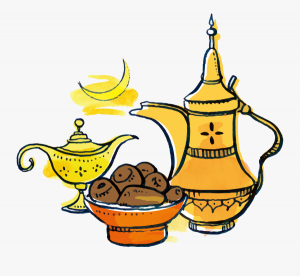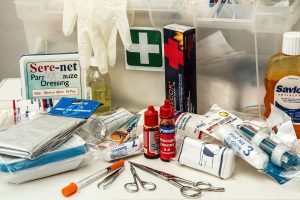PRP FAQ Series: Ministry of Health Malaysia (MOH)

In this series, ex or current Provisionally Registered Pharmacists (PRPs) will share their experiences in respective industries across the pharmacy landscape in Malaysia. This article will be focusing on PRP-ship in the government sector ie in the Ministry of Health Malaysia (MOH).
PRP-ship in the government sector has come a long way.
In recent years, the system has gradually morphed to become an option out of many, albeit still being one of the most popular routes towards the prized Fully Registered Pharmacist (FRP) license.
If you are considering doing PRP-ship in the government sector, we hope these frequently asked questions (FAQs) will provide a helpful overview of PRP life in the Ministry of Health Malaysia (MOH).
The Basics
1. What is the process like to go from PRP to FRP in MOH?
Currently, MOH practices the 2 + 1 contract system for incoming PRPs.
This means 2 years of compulsory service and 1 year of optional service.
After 2 years of compulsory service, MOH will release a list of top candidates (purportedly based on logbook and appraisal marks), that will remain in service with them.
Others can choose to stay for another year, resign straightaway, or stay while scouting for new job opportunities and resign then.
If everything goes well, the PRP-ship will take around a year to complete.
After fulfilling all the requirements, you will get your FRP license and become a Fully Registered Pharmacist (yeay!).
2. What are the MOH facilities that accept PRPs?
MOH facilities that accept PRPs are hospitals and clinics throughout Malaysia (listed on Pharmaceutical Services Programme website). It is important to note that different intakes will have different facilities available depending on the vacancy, especially for clinics as some only take 1 PRP at a time, for example.
The Application
1. Which should I choose, hospital or clinic?
Both settings present different learning opportunities, pros and cons. Ultimately, it is up to your priorities and learning goals.

Hospital:
You will learn how to work in a fast-paced clinical environment, with comparatively longer working hours and shifts during weekends and after office hours.
Some of the units that you will be attached to are Inpatient, Outpatient, Clinical, Production (Galenical, Aseptic, Cytotoxic Drug Reconstitution (CDR), Drug Information Service (DIS), Therapeutic Drug Monitoring (TDM), and Logistics.
Note that it depends on the facilities, as some departments are not available in some hospitals.
Some hospitals also focus on different specialties thus presenting different learning grounds. Eg. specialist hospitals like Women & Children Hospital (more on women, pregnancy and children), institutes like National Cancer Institute (IKN) (more on oncology).
Thus, it is extremely important to do your research ahead of time, before your choosing-facility day.

Clinic:
It is true that there are barely any shifts after office hours (depends on respective Pejabat Kesihatan Daerah, PKDs and their arrangements), and life here may be relatively less hectic than hospital.
However, due to lesser staff, PRPs are expected to adapt fast to know every aspect of pharmacy operations in primary care.
PRPs in clinics learn not only the daily operations from screening to dispensing, but also have attachments in various Medication Therapy Adherence Clinics (MTACs) that are included as part of their logbooks.
Some of the more common ones include Diabetes MTAC (DMTAC) and Retroviral Disease MTAC (RVD MTAC). PRPs may also be attached to Methadone Clinic and Quit Smoking Clinic.
In terms of clinical exposure, PRPs in clinics do not have to worry as they will also be attached to a hospital for 3 months for more in-depth clinical exposure.
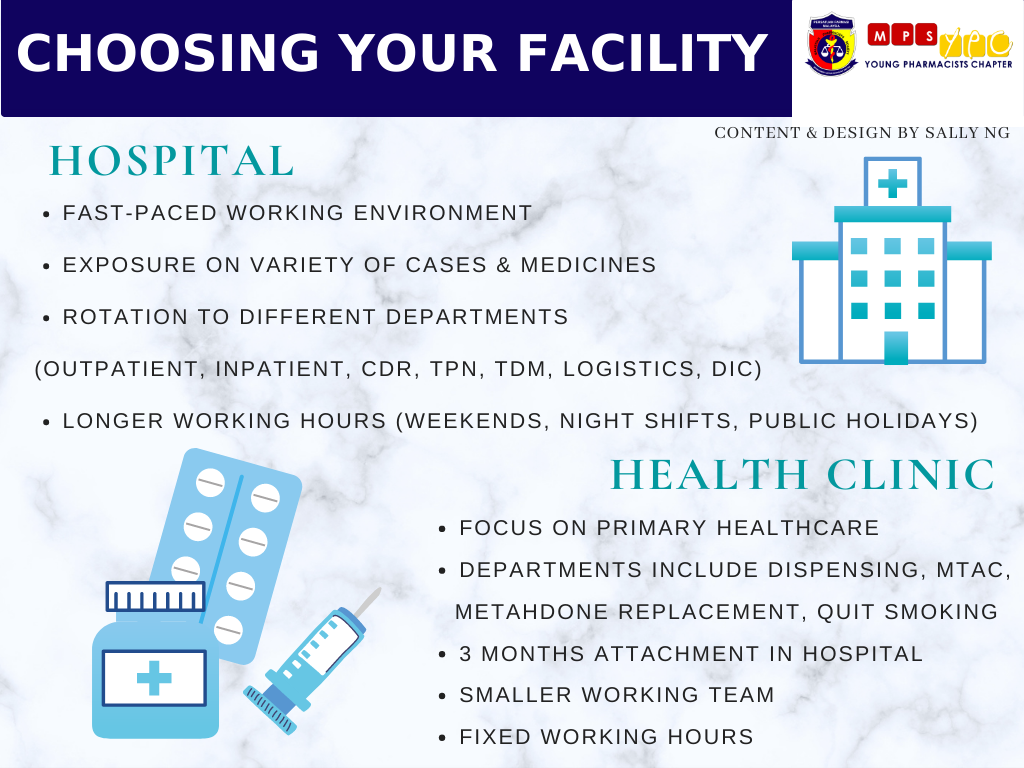
2. What is the application process like?

The Work
1. What are some things that I should prepare before my first day at work?

Here is a list of things every PRP should ideally have before the first day, or during the first week:
Must-Haves:
- A positive and humble attitude
- Whitecoat (name embroidery is optional but highly encouraged
- Appropriate working attire (depending on various facilities, refer to Etika Pakaian Penjawat Awam)
- Set of Batik clothings (attire for every Thursday)
- Comfortable shoes
- Multicolored pen & fine-tip marker
- Calculator
- Mini notebook that can fit into whitecoat pocket
- Frank Shann book/app
- Passport photos & Documents that need to be submitted
- Pharmacy-related apps (e.g. Blue Book, Micromedex, Renal Dose, Drug Counselling, Lexicomp, UpToDate)
Nice-to-Haves
(i.e. not compulsory in all facilities, but do check with your seniors if possible):
- Nametag
- Stamp
- Logbook
Do ask your seniors whether or not to print the logbooks before the first day and find out the printing requirements as they differ across facilities.

2. What is the secret sauce to thrive as a PRP in the government sector?

We hate to burst your bubble, but there is no secret, only strategic hard work and an equally generous dose of fun!
- Read KKM’s counselling guidelines ideally before your first day, so that you can be better prepared for counselling validations.
- Don’t be afraid to ask questions, but try to find a solution by yourself first by searching through the usual references or Google.
- When answering queries, try to have more than one source of information if possible, as a means to cross check references to ensure accuracy.
- Prior to entering any new departments, be sure to get the relevant Clinical Practice Guidelines (CPG) s and resources in order to be well-prepped for any attachment.
- Learn the work culture as soon as you get there. Different facilities have different work environments.
- Be friendly with everyone and be humble when faced with criticism.
- Go to your PRP seniors and familiarise yourselves especially on how the PRP system works in your facility.
- Always say thank you!
- Communicate clearly to everyone and document interventions to safeguard yourself should a medication error (ME) happen.
- Work fast and work smart.
- Be diligent. Learn all you can in the one year of PRP-ship as you will go through all sorts of different departments. (You may be placed at one particular department only for your FRP). It will be beneficial towards your career as a pharmacist.
- Find ways to be helpful to your colleagues and patients. Learn to be a problem-solver.
- Logbooks are important, but so is rest/leisure. Spend time hanging out with your fellow PRPs and other colleagues. You only do your PRP once, might as well have fun in the process!
- Get involved in extracurricular activities such as MPS-YPC initiatives (hint hint) for better appraisal marks, but more importantly, to develop your soft skills as a pharmacist and to build your network for future opportunities.
Final Words
PRP-ship with MOH facilities will grant you an experience like no other. The contract system may present with many career uncertainties, but rest assured that whether or not you get a permanent post, nothing can stop you from being a pharmacist once you get the FRP license and maintain it with an Annual Certificate (AC). The world is your oyster!
This article is contributed by Lee Lee (former PRP in government hospital), Steffie Tan (former PRP in government hospital), Sally Ng (current PRP in government hospital) and Revethi (current PRP in government clinic).
These tips and tricks are based on our experiences and these may differ depending on facilities, so it’s best to reach out to PRP seniors in your facility.
The opinions expressed in the article are the writers’ own and do not reflect the view of MPS YPC.
Cover photo: Careerbuilder.com

